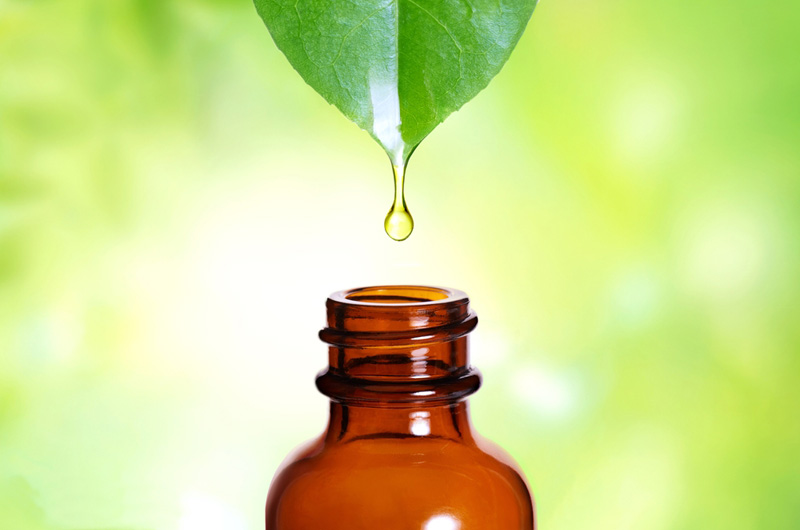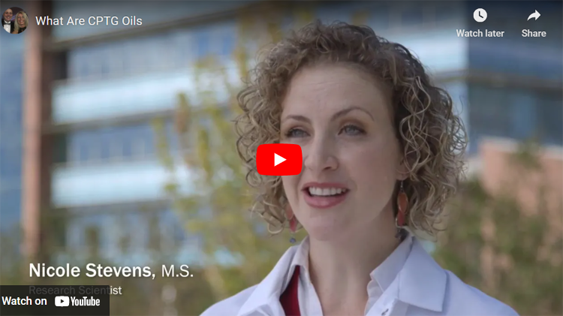SUBSCRIBE TO MY FREE ESSENTIAL OILS NEWSLETTER, "THE ESSENTIAL OILS Rx"
Sourcing and Testing
Essential Oils

Why Sourcing Essential Oils is So Important
As we have seen, an estimated 80% of the essential oils on the market today are adulterated, compromising both their safety and their efficacy.
While adulteration can take different forms, it is always intentional: You cannot accidentally adulterate an oil.
However, a company may be unaware of the fact that their oils are adulterated.
This can happen when a company purchases their oils from a third party distiller or broker. If the company is inexperienced and does not test their oils they may unknowing purchase adulterated oils.
Which brings up the next two important factors in ensuring the quality of an essential oil – sourcing and testing.
Sourcing Essential Oils
The manner in which an essential oil company sources their oils affects the quality of those oils. It also has the potential to create a negative environmental impact.
 Where doTERRA sources their essential oils
Where doTERRA sources their essential oilsQuality
In addition to not including extraneous substances (adulteration), the quality – and efficacy - of an essential oil depends on having the proper amounts of those substances that belong in that particular oil. And that, in turn, depends a number of variables.
These variables include soil conditions, average temperatures, amount of rainfall and altitude of the location where the oil-producing plant grows.
In addition, different species of the same plant produce essential oils with different chemical constituents and therapeutic properties.
So it is important that an essential oil company obtain their oils from the proper species of the plant and in whatever area of the world that species grows best. doTERRA for instance sources their oils from 45 different countries.
Unfortunately not all essential oil companies do this. Instead, they simply purchase large tracts of land where they grow all their oil-producing plants. This practice results in the production of inferior quality oils: these are obviously not the oils you want to either use or prescribe.
Environmental Impact

In addition to helping to ensure oil quality, sourcing also means focusing on sustainability and environmental impact.
It takes a large amount of plant material to produce essential oils.
For example, it takes approximately three pounds of lavender flowers to produce just one 15 mL bottle of lavender essential oil. It takes about 242,000 rose petals to produce a single 5 mL bottle of rose oil. And it takes about 6,000 pounds of melissa plant material to distill just one pound of melissa essential oil!
This is one reason why essential oils are so expensive - and why it’s so tempting for companies to adulterate their oils.
It's also why companies need to pay attention to the sustainability of the resources used to produce essential oils.
doTERRA practices “Co-Impact Sourcing”. This is sourcing that supports regenerative agricultural practices. It also minimizes greenhouse gas emissions and reduces negative environmental impact.
Since many essential oil producing plants grow best in underdeveloped areas of the world, co-impact sourcing also means providing for the welfare of the growers and distillers who produce the oils.
Testing Essential Oils
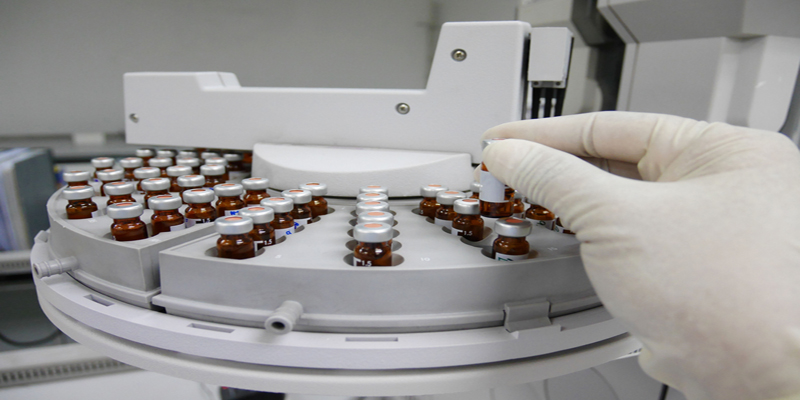
Even the most meticulous sourcing cannot completely protect against contamination or adulteration of an essential oil. This is why testing is so important. As ConsumersAdvocate.org notes, “Quality and testing go hand-in-hand.”
While many companies perform gas chromatography and mass spectroscopy to test their oils, that is often not enough to ensure the absence of adulteration and the quality of the oil.
Each batch of doTERRA essential oils undergo more than 60 separate tests, performed by independent laboratories. These tests are done at several stages of production: On average, every batch of CPTG oils undergoes 176 different analysis before they are sold!
These tests include. . .
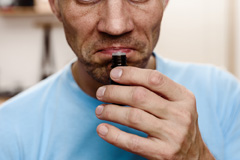
Sensory Evaluation (Organoleptic Testing): An oil's texture, color or odor can sometimes indicate adulteration.
Although experts normally conduct these tests, even novices can often detect adulterated oils this way.
For example, if you smell a bottle of doTERRA lavender oil and then smell lavender scented hand soap or detergent. you will notice the difference. So testing of doTERRA essential oils begins with a sensory evaluation.
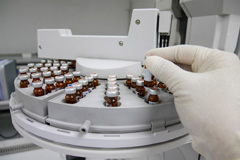
Gas Chromatography and Mass Spectroscopy (GCMS): GCMS is the most common form of testing used to analyze essential oils. It involves two procedures.
First, gas chromatography separates the oil into its individual constituents.
Then mass spectroscopy identifies each constituent and determines the amount present in the sample. (Click on this link to access the GCMS results for any bottle of doTERRA essential oil by entering the code found on the bottom of the bottle.)
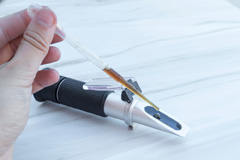
Specific Gravity: This test involves comparing the density of an essential oil to the density of water at a certain temperature.
If the percentage of chemical constituents in an essential oil is wrong due to impurities, the density - and specific gravity - of the oil will be altered.
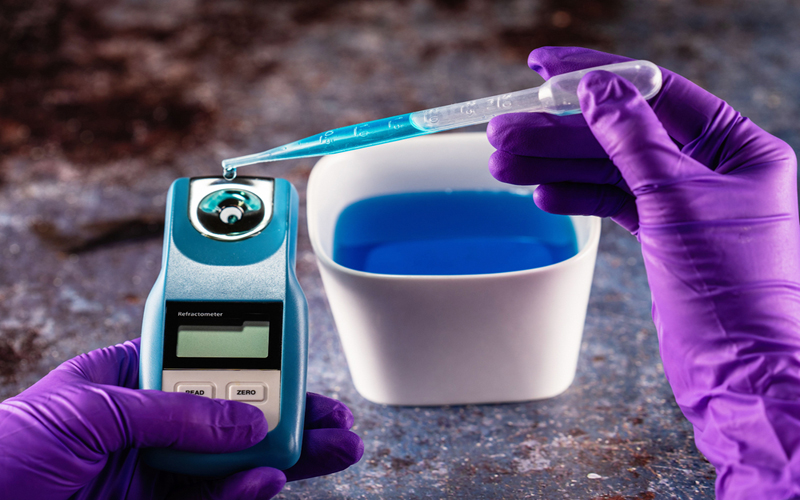
Refractive Index (RI): The refractive index is a measure of the speed at which light travels through a particular medium.
The RI of an essential oil changes if the oil sustains damage or contains impurities.
For example, an increased RI of basil essential might indicate that the oil is oxidized due aging or exposure to light, or that it has been adulterated with a cheaper oil.
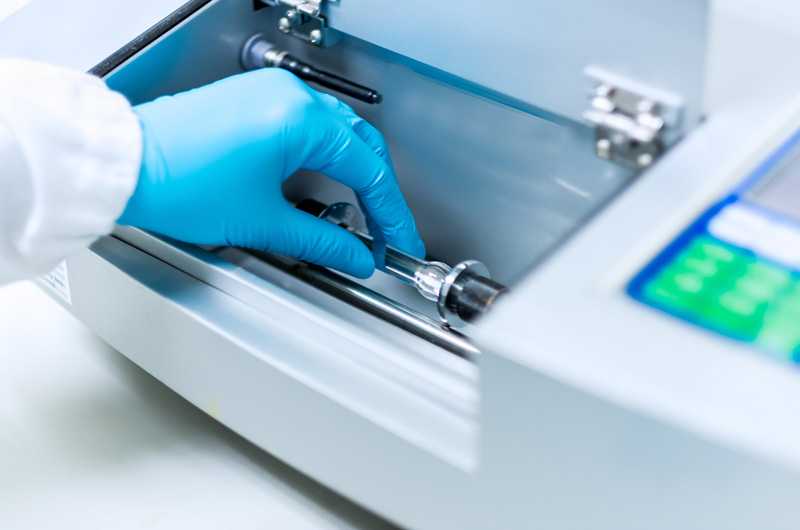
Optical Rotation (Chirality Testing): This tests measures the rotation of polarized light as it passes through a certain material.
It detects the amount of "cis" and "trans" isomers in a compound. Cis and trans isomers are comparable to your left and right hands. They are the same – but reversed.
In living organisms, only one isomer is present. But synthetics or compounds made in a lab always consist of a mixture of both. So this is a test for adulteration with synthetics. (1)
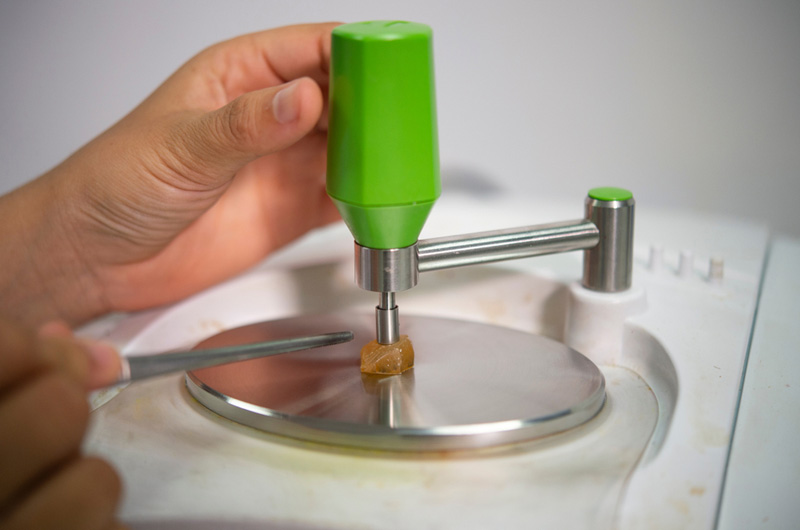
Fourier Transform Infrared Spectroscopy (FTIR): FTIR analyzes the characteristics of bonds between different atoms.
This test identifies the various chemical constituents of a sample and is often used to verify GCMS results. Like chirality testing, it can also identify different isomers of the same compound.
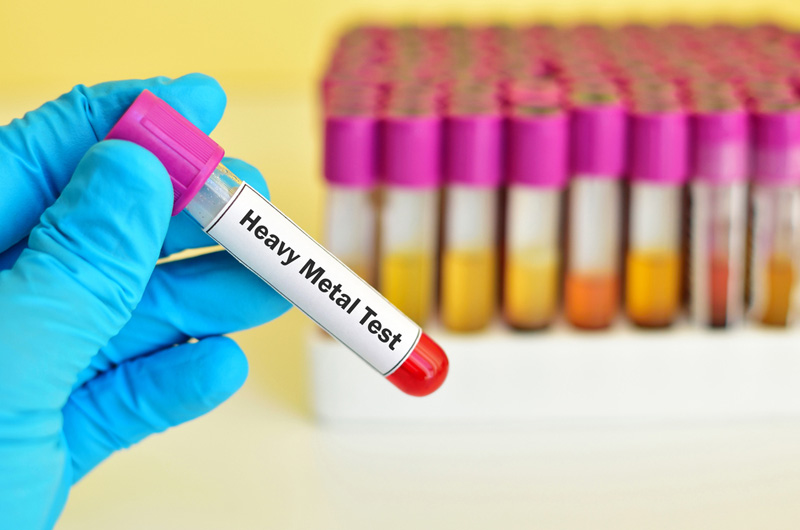
Heavy Metal Testing: When properly distilled, essential oils should not contain any trace of heavy metals.
If there is any doubt, CPTG oils will be tested for the presence of heavy metals including mercury, lead, cadmium and arsenic
.
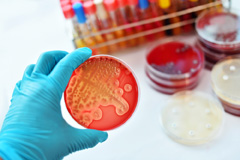
Microbial Testing: doTERRA also conducts microbial testing on their oils. This includes testing for yeast (including candida) molds, and bacteria.

Skin Sensitivity Testing: Some essential oil companies recommend diluting all their oils prior to topical application.
Skin sensitivity testing means that when the company that when doTERRA says you can apply one of their oils without dilution (as indicated by an "N" in the product description) you can be confident that this is the case.
Click on this link for additional information on how doTERRA sources and tests their essential oils.
Click on this link to see a short 3-minute video demonstrating doTERRA's commitment to quality and testing and to hear from the Chief Medical Officer and scientists at doTERRA.
Next in the Series on Essential Oil Quality. . .
Choosing an Essential Oil Company. Proper sourcing, testing, company integrity, sustainability - and of course your income potential - are all important factors to consider when choosing which Essential Oil Company to use. Click on this link to learn more about why I chose doTERRA
(1. )This is more important than you may think because if a substance is normally a cis isomer the trans isomer may be harmful, and vice versa. Think of the difference between naturally occuring cis fats and the synthetic trans fats. Naturally occuring cis fats are benign while artificially derived trans fats are associated with a significnt increase in cardiovascular disease.

Want to try doTERRA essential oils or essential oil products?
Click on this link to get a FREE membership and WHOLESALE prices for a full year! Get My Free doTERRA Membership.


